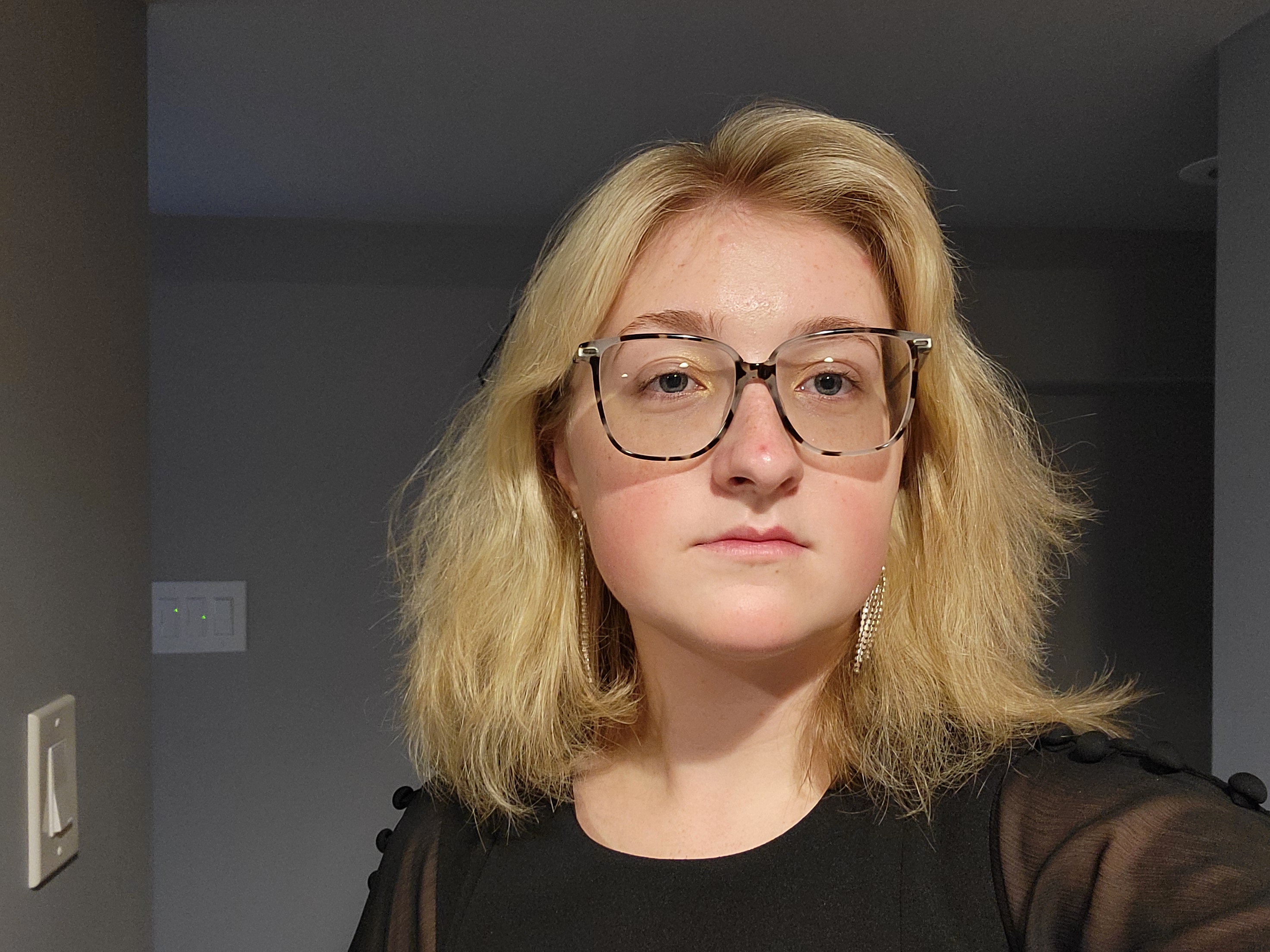All Basic Geometry Resources
Free Basic Geometry Diagnostic Tests
All Basic Geometry Resources
After learning the basics of math in algebra, the idea of working with geometric figures, lines, and planes can be daunting for some students. While a majority of Geometry uses the same principles as algebra, such as finding the value of x or y, some components of Geometry are different, such as the introduction of proofs. After reviewing some common topics taught and tested in Geometry courses, we will discuss some tips for succeeding in Geometry in order to help you tackle the subject with confidence. Whether you need top Geometry tutors in Richmond, Geometry tutors in Tulsa, or top Geometry tutors in San Diego, working with a pro may take your studies to the next level.
Geometry studies relationships between lines, planes, and figures. Most problems in Geometry require the student to solve for the values of angles and the lengths of segments. Some common topics are listed below:
Construction, analysis, and investigation of geometrical relationships investigated through problems involving translations, rotations, and reflections
Deductive and indirect logic explored through proofs used to prove similarity or congruence of triangles
Investigation of polygons and regular figures to determine the relationships between angle and segment relationships
Identification, description, and labeling of various points on lines, rays, angles, and planes
Description and finding of values for angles formed by parallel lines that are cut by transverse segments, including alternate interior, alternate exterior, and corresponding angles
Determination of the missing angle measure of a polygon using the sum of its interior angles
The use of coordinate graphs to plot coordinate pairs and translate, reflect, and rotate plotted figures within the coordinate plane
Most Geometry courses begin with the basics, such as determining the identity of shapes, lines, planes, rays, and segments. After determining their respective identities, students learn to name and label these geometric shapes and identify key characteristics of each figure. Relationships are then explored between two or three of the shapes, such as finding the angles of intersecting lines or determining the value of variables such as x and y. Most Geometry courses then move into ideas of similarity and congruence. Students learn postulates and theorems that allow them to determine if two triangles are similar or congruent, based on available angle measurements and segment lengths. Finally, a combination of skills is used at the end of Geometry to tie together rays and lines with shapes such as triangles, rectangles, and polygons. Varsity Tutors offers resources like free Basic Geometry Diagnostic Tests to help with your self-paced study, or you may want to consider a Geometry tutor.
Repetition is the key to success in Geometry. Spending ten to fifteen minutes reviewing the key topics discussed that day in class allows you to move on to homework practice problems with the knowledge needed to solve those problems. In addition to covering the required problems assigned for homework, it is helpful to spend about another twenty to thirty minutes working on an additional five to ten problems. Repetition of ideas is necessary in order to do well in Geometry. On a test, teachers often have a few problems similar to those learned in class, but also some problems that require further thinking to solve. By understanding the basics through practice, you will have the skill set needed to solve these more complex problems. In addition to the Basic Geometry Practice Tests and Geometry tutoring, you may also want to consider taking some of our Basic Geometry Flashcards.
You can start practicing Basic Geometry problems right now by taking Varsity Tutors’ Basic Geometry Practice Tests. Each Basic Geometry Practice Test consists of ten to fifteen geometry problems. Each question includes a detailed explanation of how to solve it, and data about how long you took to solve each problem and how well you did relative to other test-takers is included in your results. You can also try the free online Full-Length Geometry Practice Tests. Each of the complete practice tests ask you questions that will call on you to use a wide variety of skills. It’s an efficient way to practice while gauging your skill level and solving pace at any point in your study process. After finishing the test, the results page will show you your score, thorough explanations, and links to additional review exercises. These complete online practice tests are a great way to formulate a personalized Geometry study plan, as they show you exactly which concepts you need to spend some time reviewing. Once you’ve done some review, you can measure your progress by taking another Full-Length Geometry Practice Test.
By using Varsity Tutors’ free Basic Geometry resources, you can start practicing geometry today and master it in no time!
Free Basic Geometry Practice Tests
All Basic Geometry Resources




